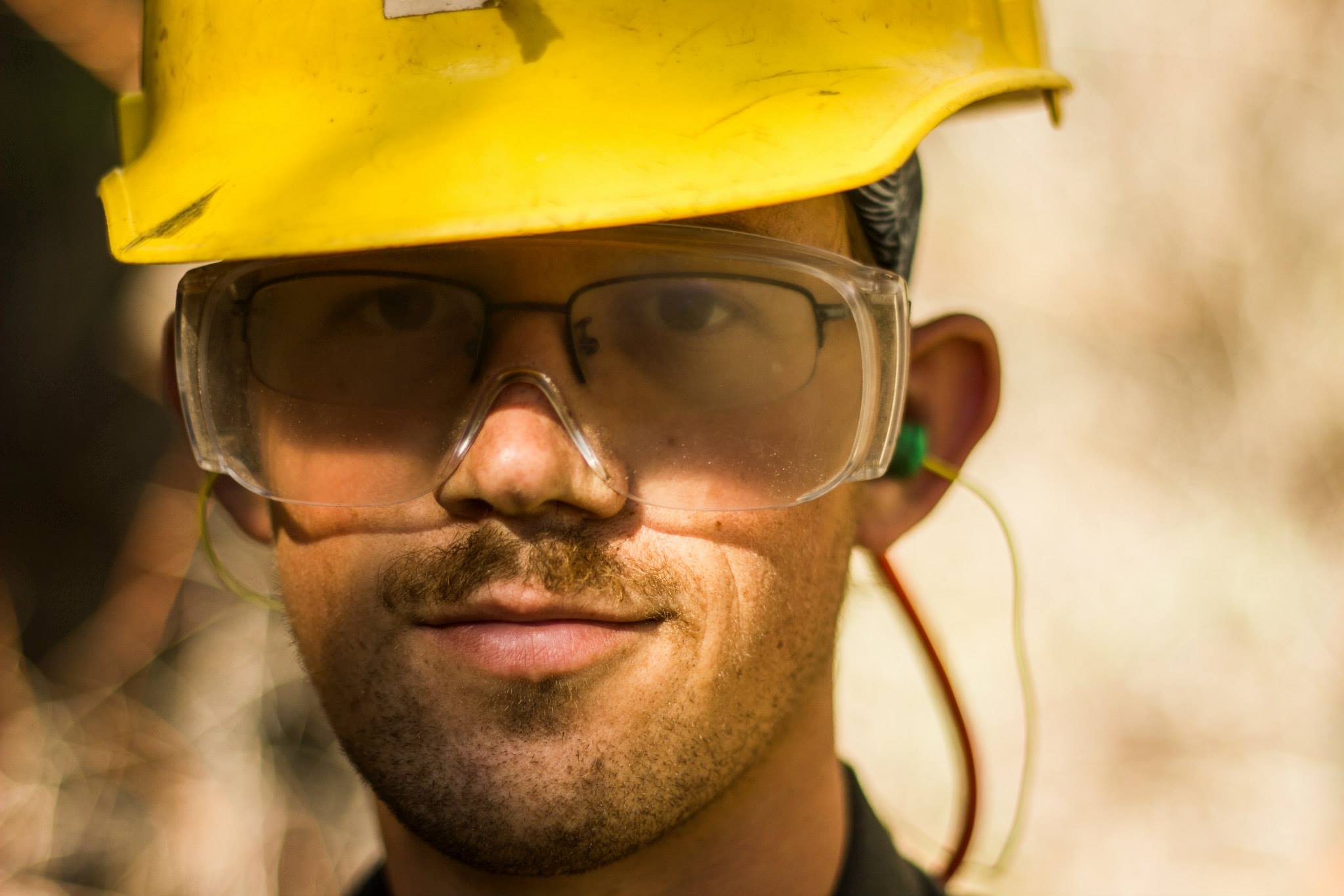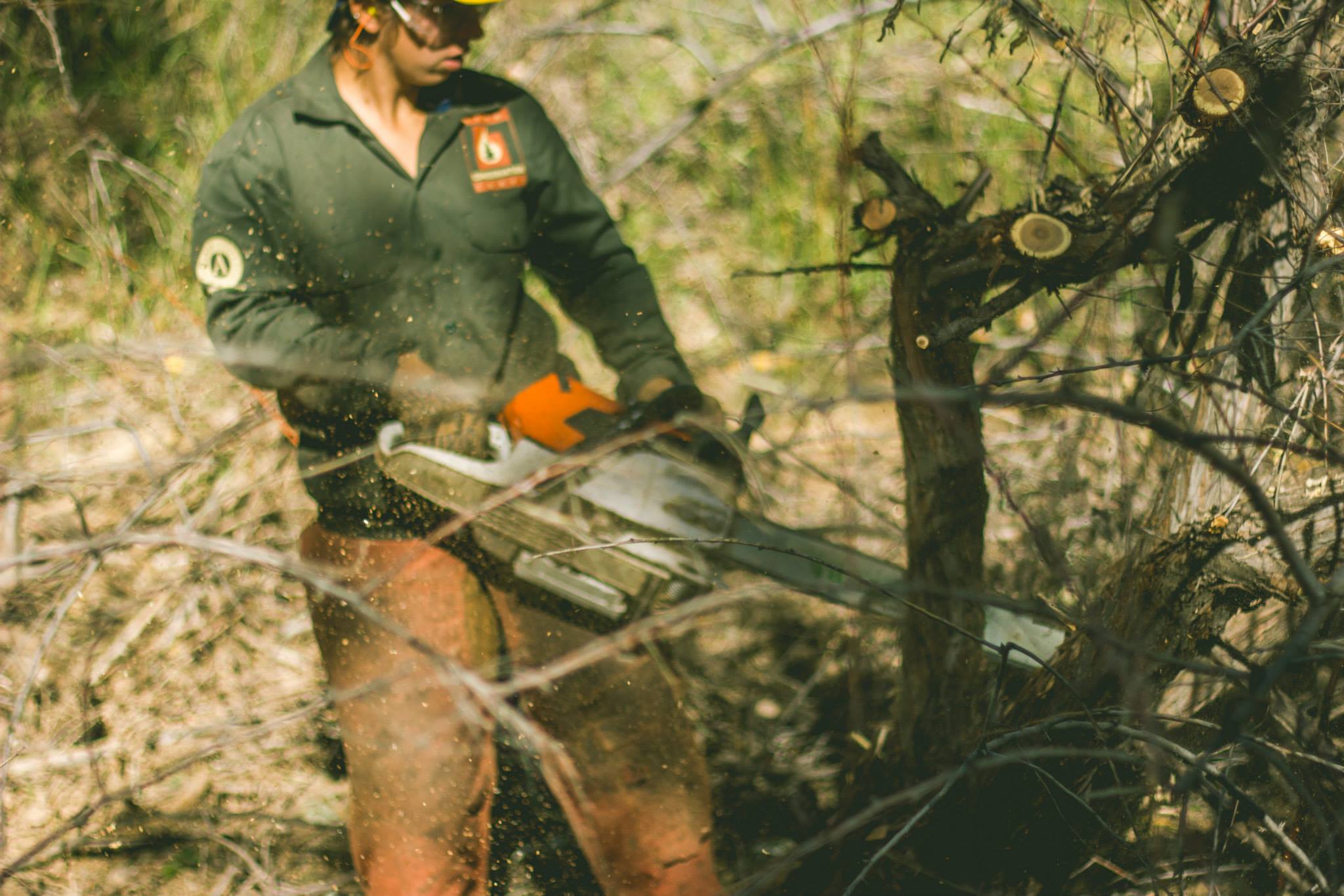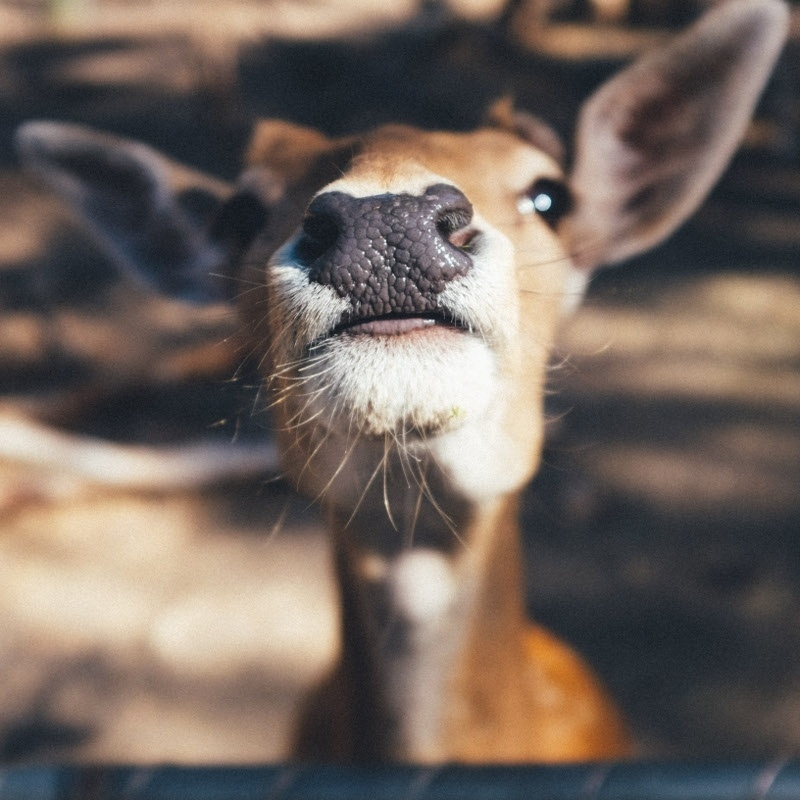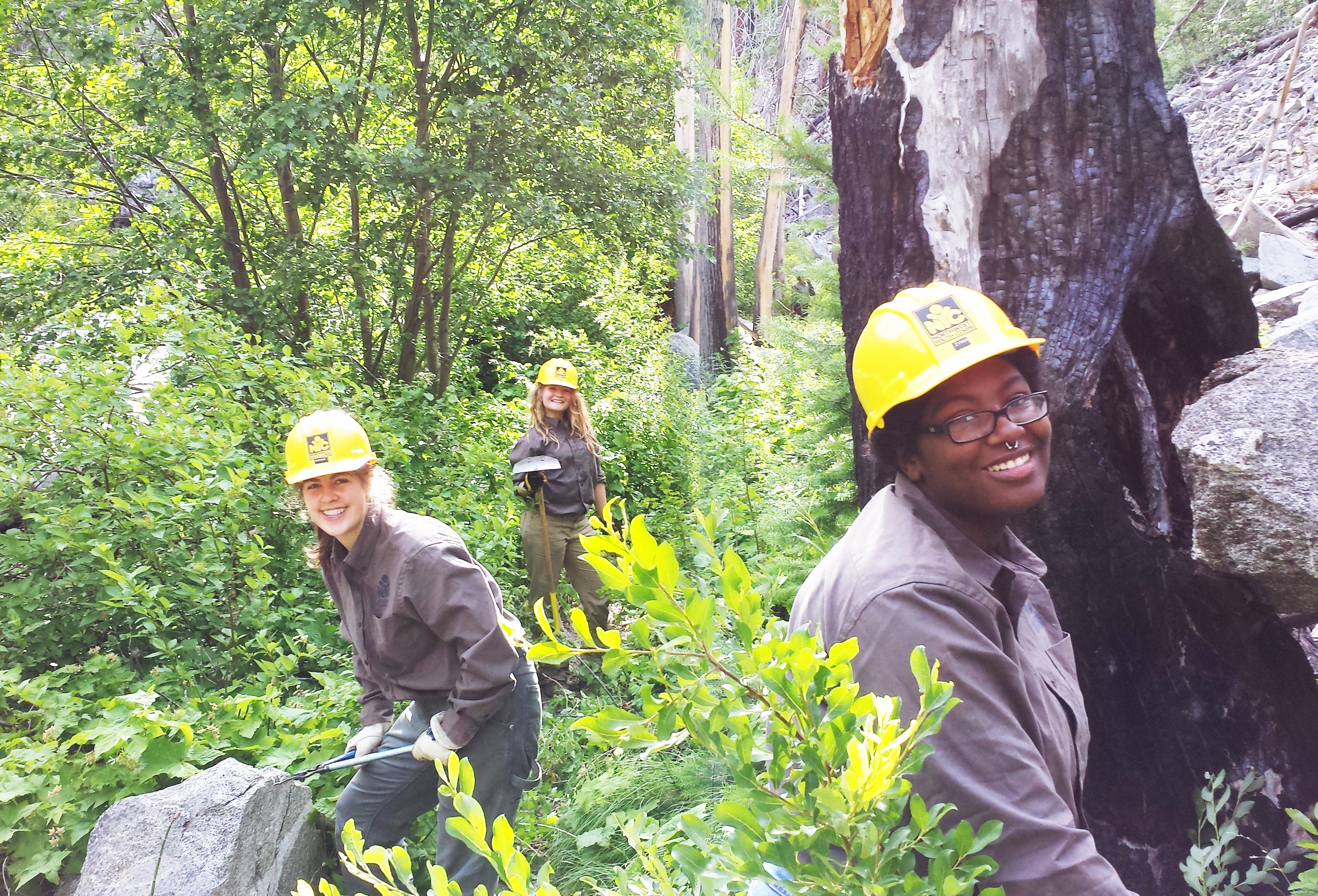We recently caught up with Sean Damitz, Department Director of the Utah Conservation Corps. The UCC is nationally recognized for creating sustainable communities and conserving the natural heritage of the Intermountain West. Perhaps you will see similarities to your own program and discover how the Wilderness Risk Management Conference (WRMC) can help you.
WRMC: Who are your participants?
Damitz: Young adults from throughout the nation that want to build the skills and experience to become the conservation leaders of tomorrow.
WRMC: What do your participants gain from the wilderness?
Damitz: A deep appreciation for the American landscape and the land use issues that affect wilderness.

WRMC: What is your definition of risk?
Damitz: An understanding of the consequences of a set of choices.
WRMC: Why do you choose to take clients into situations with higher risk than, say, a classroom setting?
Damitz: Placing conservation corps crews in remote situations with higher risk enables a fuller learning experience for our members. Our members gain a rich perspective about public lands management by devoting the time and sweat to make a difference on those lands. The experience of working and sleeping in the outdoors with a close group of crew members probably beats the snot out of most classroom experiences.
WRMC: Why is risk management important to your company?
Damitz: It is part of our safety culture to operate at the highest standards of the industry.
WRMC: Is there such a thing as acceptable risk?
Damitz: Yes. If it has been discussed by multiple parties, cleared by superiors, and mitigated to the fullest.

WRMC: Why does your organization send employees to the WRMC?
Damitz: To learn as much as possible to ensure that the UCC is maintaining the highest safety standards possible.
WRMC: How has attending the WRMC helped you provide a better experience for your participants?
Damitz: We have improved our risk management and emergency protocols that ensure a safer experience for our members. Our members also get to see the development of ongoing risk management and continuous improvement of safety culture.
WRMC: What is your favorite part of the WRMC?
Damitz: Getting to learn from others that have passion for wilderness and the outdoors!
We thank David and the Utah Conservation Corps for their contributions to the WRMC community. If you are a conservation organization, consider networking with the UCC at the conference this October.
Why is risk management important to you? Let us know on our Facebook and Twitter by using #WRMC2016.
The Wilderness Risk Management Conference (WRMC) unites hundreds of leading outdoor organizations annually to educate wilderness practitioners on practical risk management skills. This blog series highlights organizations that continually return to the WRMC and finds out how the WRMC has influenced their risk management practices. While the questions may be the same, interviewees come from various organizations and unique backgrounds.
Written By
Cassi Smith
Cassi was studying at BYU-Idaho when she became interested in risk management. She is the 2016 WRMC intern, lucky enough to live, climb, and mountain bike in beautiful Lander, Wyoming.




